Waterborne Paint Technology: Streamlining Efficient Repairs and Sustainability

Waterborne paint technology is a game-changer in automotive repair, offering eco-friendly, efficient…….
Welcome to an in-depth exploration of waterborne paint technology, a groundbreaking innovation that has transformed the coatings industry and continues to shape various sectors globally. This article aims to guide readers through the intricate world of waterborne paints, highlighting their development, applications, and profound impact on environmental sustainability, aesthetics, and economic landscapes. By the end, you will grasp why this technology is not just a passing trend but a sustainable and efficient solution for countless coating challenges.
Definition: Waterborne paint technology refers to the use of water as the primary solvent in the formulation of paints and coatings. These paints are characterized by their ability to dry through evaporation, leaving behind a solid film without harmful volatile organic compounds (VOCs) typically found in traditional oil-based paints.
Core Components: The key components of waterborne paint technology include:
Historical Context: The concept of waterborne paints dates back centuries, with early forms used in ancient civilizations like Egypt and China. However, modern waterborne paint technology emerged in the late 20th century, driven by growing environmental concerns and advancements in polymer science. The need for cleaner, more sustainable alternatives to traditional oil-based paints spurred innovation, leading to the development of high-performance waterborne coatings.
International Influence: Waterborne paint technology has left an indelible mark on the global coatings market, with its adoption spanning continents. According to a 2022 report by MarketsandMarkets, the global waterborne paints market is projected to grow at a CAGR of 6.8% from 2022 to 2027, reaching a value of USD 35.1 billion. This growth is driven by rising environmental awareness, stringent emissions regulations, and the technology’s ability to meet diverse coating needs.
Regional Adoption:
Market Overview: The waterborne paint market is a dynamic segment of the broader coatings industry, influenced by various economic factors. Key players include major chemical companies and specialty paint manufacturers offering a wide range of products for diverse applications.
Investment Patterns: Significant investments in research and development have driven innovation, with companies constantly improving formulations to meet specific needs. This includes developing high-performance, low-VOC, and environmentally friendly options, ensuring the market’s longevity.
Economic Impact:
Recent Developments: Waterborne paint technology has witnessed several breakthroughs, enhancing its performance and expanding applications:
| Advancement | Description |
|---|---|
| Low-VOC Formulations | Significant reductions in VOC content, leading to improved air quality during application and faster drying times. |
| High-Performance Binders | Development of advanced polymers like ultra-low-VOC acrylics and hybrid binders, resulting in superior durability, adhesion, and corrosion resistance. |
| Customized Additives | Tailored additives for specific properties, such as anti-corrosion agents, easy-clean formulations, or enhanced UV stability. |
| Digital Color Matching | Advanced digital technologies enable precise color matching, allowing for on-demand production of custom colors and shades. |
| Eco-Friendly Solutions | Focus on biodegradable binders, water-based thinners, and recycled content to minimize environmental impact. |
Future Potential: The future holds immense potential for further technological advancements:
Emission Standards: One of the primary drivers of waterborne paint technology’s growth is stringent environmental regulations worldwide. Many countries have implemented VOC emission standards, forcing manufacturers to transition from oil-based to waterborne alternatives.
Safety and Health Guidelines: Organizations like the European Chemicals Agency (ECHA) and Occupational Safety and Health Administration (OSHA) provide guidelines for safe handling and use of waterborne paints, ensuring worker protection.
Product Registration and Notification: Systems like REACH in Europe require manufacturers to register and evaluate the safety of their products, promoting responsible innovation.
Incentives and Subsidies: Governments often offer incentives and subsidies to encourage the adoption of eco-friendly technologies, including waterborne paints, as a means of promoting sustainable practices.
Performance Concerns: One of the primary challenges is meeting performance expectations in harsh environments or specific applications. Critics argue that traditional oil-based paints still outperform waterborne alternatives in certain cases, especially for outdoor exposures. However, continuous technological advancements are addressing these concerns.
Cost and Availability: Initial higher costs of waterborne paints, particularly specialized formulations, can be a barrier to entry for smaller businesses or developing regions. Ensuring widespread availability and affordability is crucial for market penetration.
Education and Training: The need for skilled labor capable of handling waterborne paint systems effectively remains a challenge. Providing adequate training and education can bridge this gap and ensure optimal performance.
Solutions and Strategies:
Case 1: Sustainable Bridge Coating in the US
A major bridge construction project in the US utilized advanced waterborne paint technology for its exterior coating. The chosen formulation featured low-VOCs, rapid drying times, and superior corrosion resistance. This not only reduced the environmental impact during application but also provided a durable finish, ensuring the bridge’s longevity. The success of this project demonstrated the technology’s ability to meet stringent performance requirements while minimizing environmental disruption.
Case 2: Eco-Friendly Automotive Paint in Europe
A European automaker adopted waterborne paint for their vehicle fleet, aiming for a more sustainable production process. The new paint system offered excellent color consistency, fast drying times, and reduced emissions during application. This case study highlights the technology’s potential to transform industries, creating greener manufacturing processes without compromising quality or aesthetics.
Case 3: Low-Cost School Renovation in India
In a cost-sensitive school renovation project in India, waterborne paint was chosen for its affordability and low-VOC content. The project aimed to provide a safe and healthy learning environment while adhering to a tight budget. Waterborne paint’s ability to meet these criteria successfully renovated the school without breaking the bank, demonstrating its accessibility and benefits in diverse settings.
Growth Areas:
Emerging Trends:
Strategic Considerations:
Waterborne paint technology has emerged as a powerful force in the coatings industry, offering environmentally friendly alternatives without compromising performance. Its global impact is evident in diverse sectors, from construction and automotive to education and infrastructure. As the technology continues to evolve, it promises sustainable solutions for countless applications, driving innovation while minimizing environmental footprints.
The future of waterborne paint technology looks bright, with ongoing advancements and a growing global community dedicated to its success. This article has provided a comprehensive overview, highlighting the technology’s potential and the strategies to navigate its challenges. By embracing waterborne paints, we can achieve sustainable progress in an industry that touches every aspect of our modern world.
Q: Are waterborne paints safe for indoor use?
A: Yes, many waterborne paint formulations are designed with low or no VOCs, making them safer for indoor environments. They offer excellent air quality during and after application, reducing the risk of health issues associated with traditional oil-based paints.
Q: How do I choose the right waterborne paint for my project?
A: Consider factors like the substrate (material), desired finish, environmental conditions, and specific performance requirements. Manufacturers provide data sheets and technical support to guide selection based on these criteria.
Q: Can waterborne paints match the color accuracy of oil-based paints?
A: Advanced digital color matching technologies used in waterborne paints can achieve exceptional color accuracy. Customized formulations and digital printing techniques enable precise color reproduction, rivaling traditional paint options.
Q: Are there any long-term performance benefits over oil-based paints?
A: Waterborne paints offer superior durability, especially with modern advanced binders. They are less prone to chipping or fading, providing longer-lasting results in exterior applications and harsh environments.
Q: How do waterborne paints impact the environment?
A: Waterborne paint technology significantly reduces environmental impact by lowering VOC emissions during application. Many formulations also incorporate biodegradable binders and recycled content, minimizing ecological disruption.

Waterborne paint technology is a game-changer in automotive repair, offering eco-friendly, efficient…….
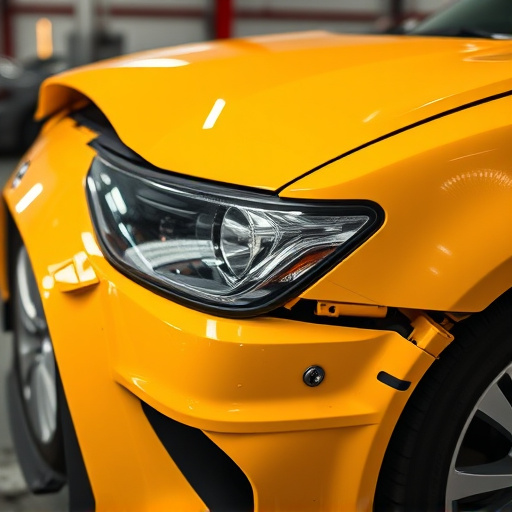
Waterborne paint technology revolutionizes classic car restoration and automotive repairs with super…….
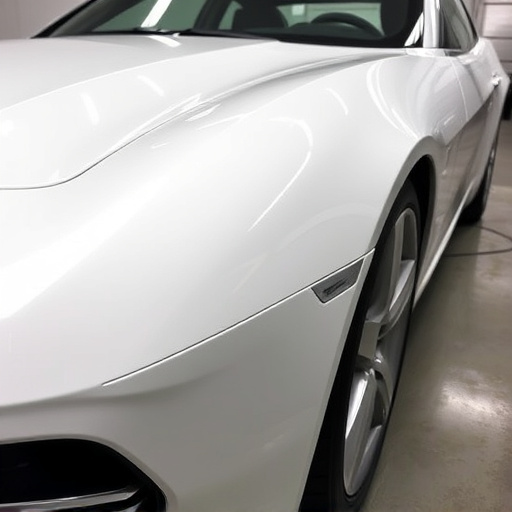
Waterborne paint technology provides a greener, safer alternative in the coatings industry by using…….
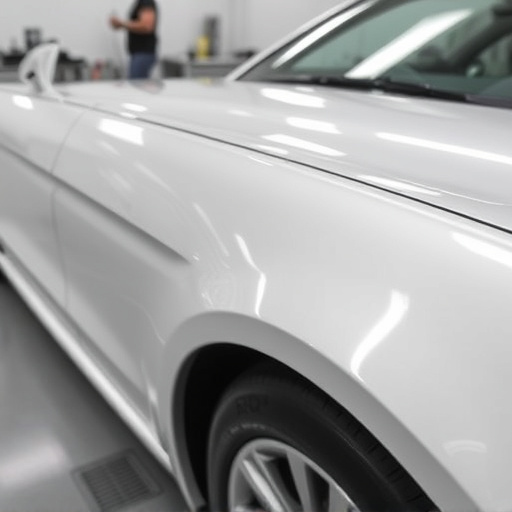
Waterborne paint technology revolutionizes car collision repair with its eco-friendly nature, reduce…….

Adopting waterborne paint technology offers significant advantages in auto maintenance and restorati…….
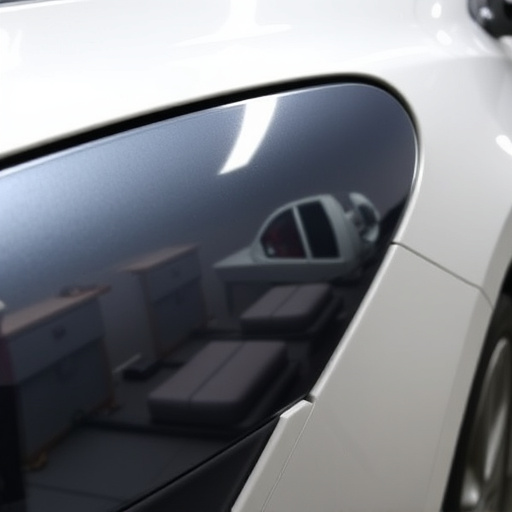
Adopting waterborne paint technology in auto body repair boosts efficiency, product quality, and ali…….
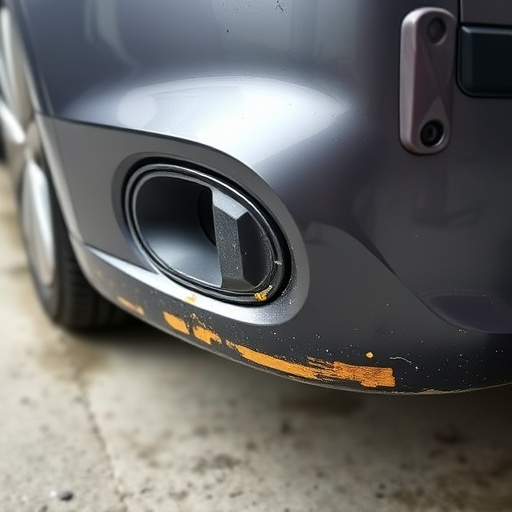
Waterborne paint technology revolutionizes auto painting with its eco-friendly nature, superior cove…….

Waterborne paint technology offers an eco-friendly and safer alternative to traditional solvent-base…….

Waterborne paint technology is a game-changer in auto body shops, offering faster drying times, impr…….
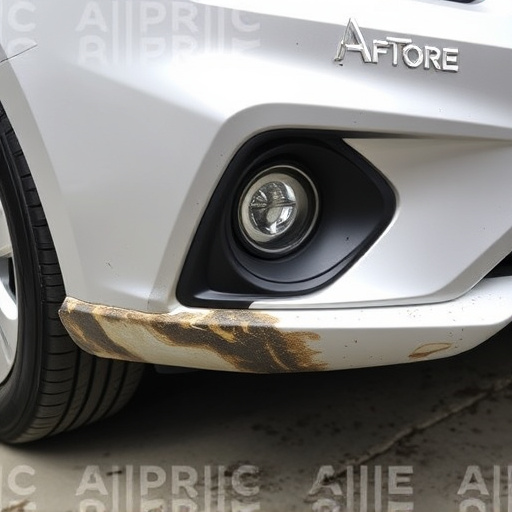
Waterborne paint technology revolutionizes auto body repair with eco-friendly practices, superior co…….